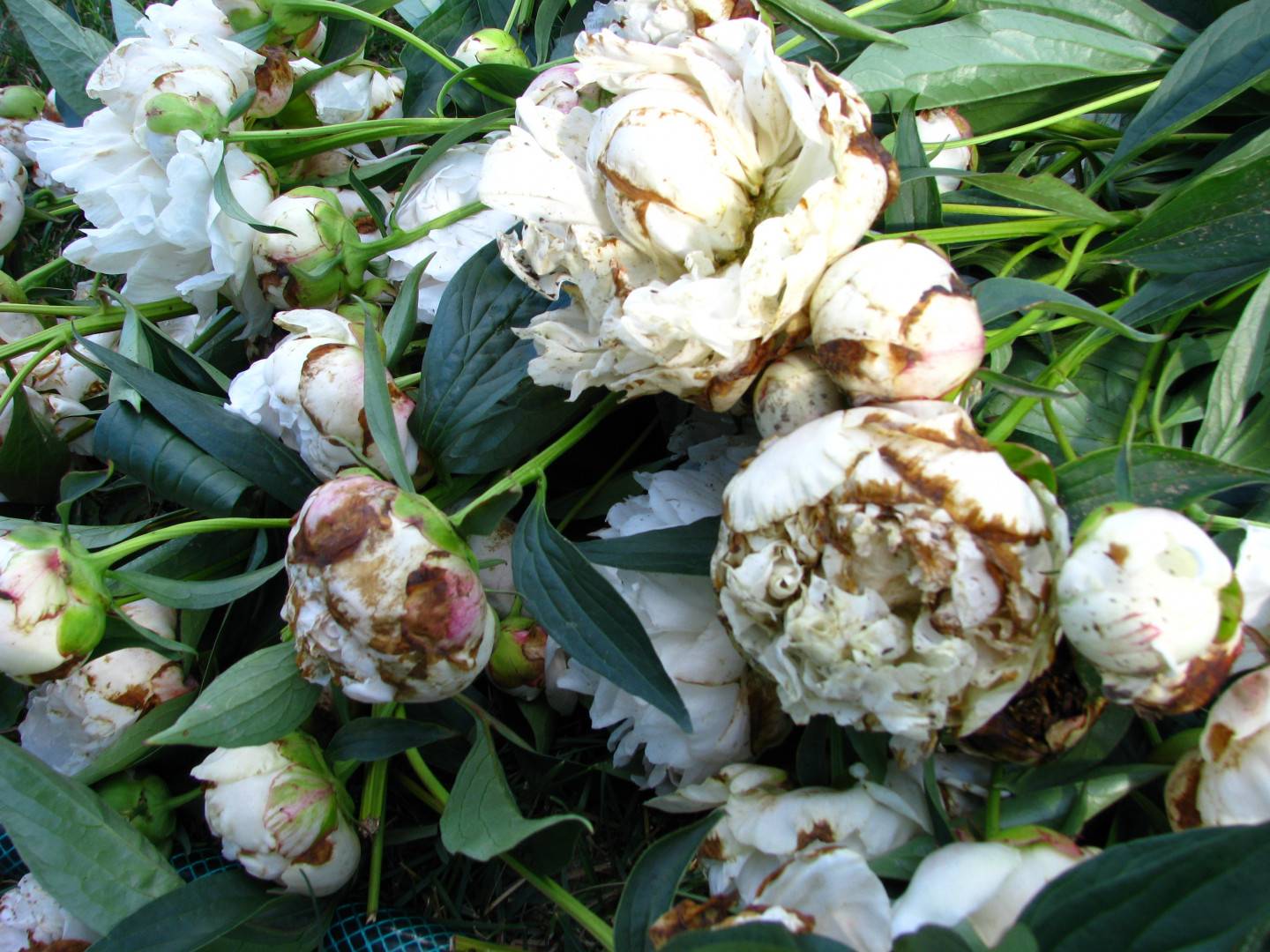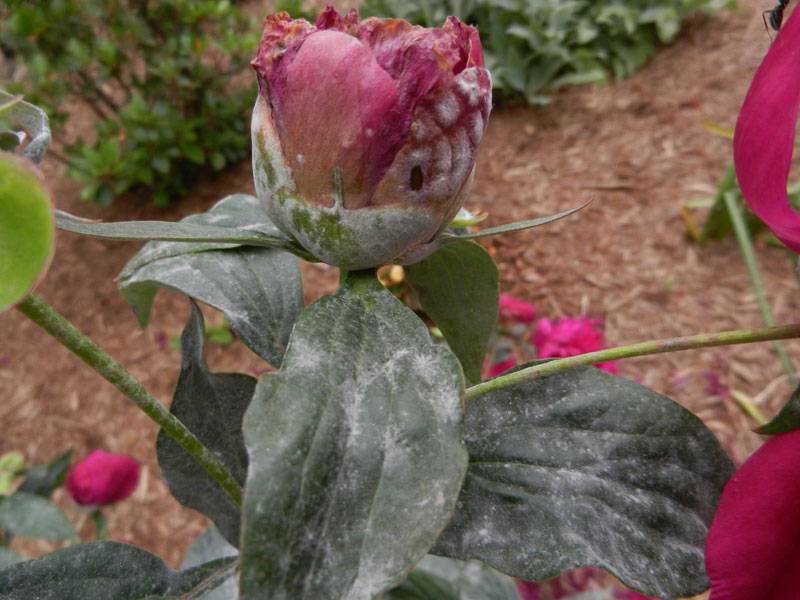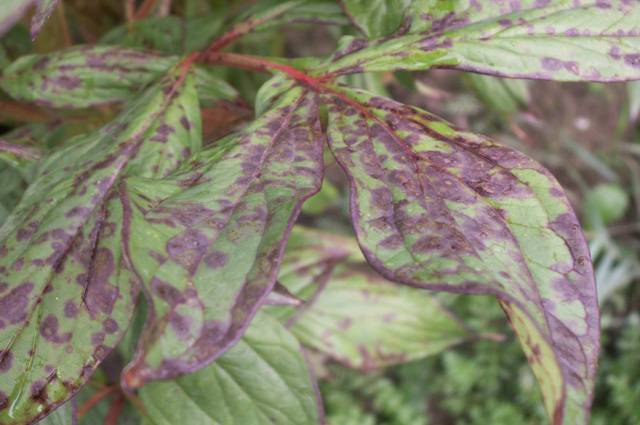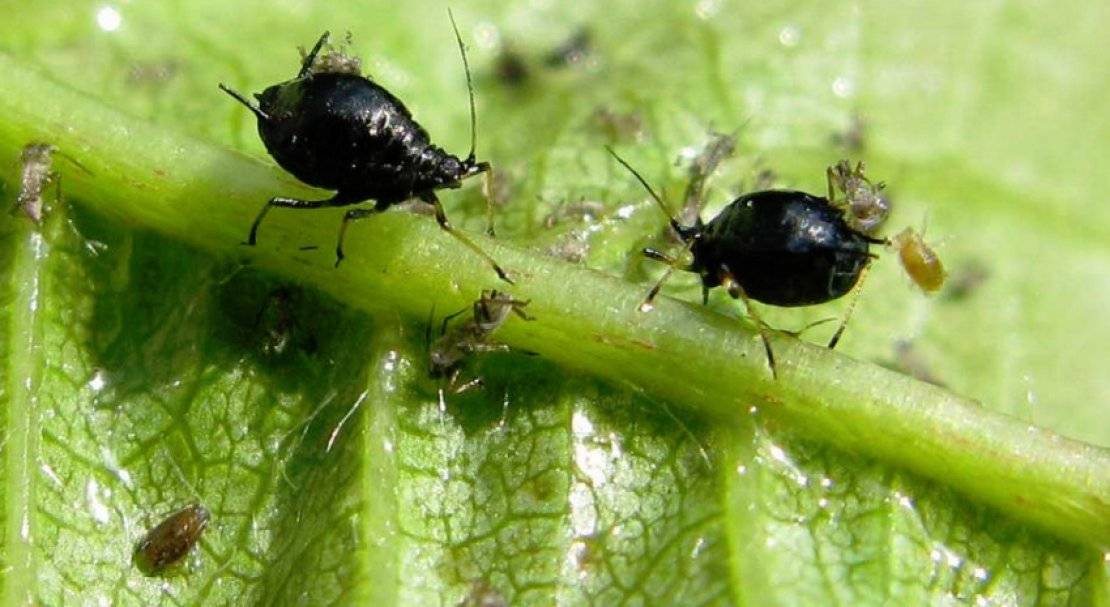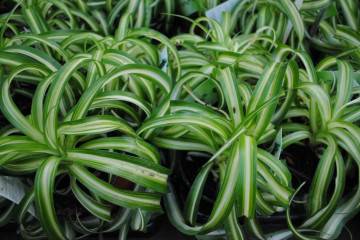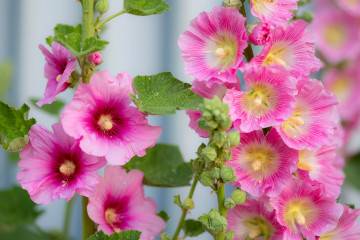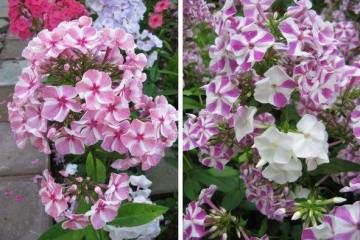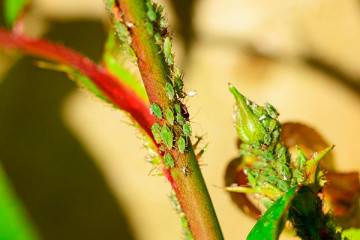Diseases of peonies: methods of treating diseases, prevention and control of pests
Content:
Peonies are wonderful plants that delight with beauty on the backyard, but they are susceptible to many diseases. It is worthwhile to recognize the diseases of peonies in time in order to take measures to cure them. Preventive action can prevent the disease and prevent it from spreading throughout the area.
Symptoms indicating that the plant is sick
Peonies are resistant to many diseases. Proper care and proper prevention can protect them from ailments.
Periodically, you need to inspect the bush for visible lesions. Then you can take timely measures to treat a particular disease.
The main symptoms that determine the onset of the disease:
- leaves lose their bright color. They become paler. Depending on the type of disease, a white bloom or numerous small gray spots appears on them;
- leaf plates dry out, acquire a yellowish tint, decrease in size and begin to curl;
- buds do not bloom. They can begin to dry and gradually fall off;
- the bush stops growing. The main reason why peonies become smaller is not a shade and insufficient feeding, but pests.
The main reasons why peonies do not bloom buds:
- pests have damaged the root system of the plant, and it does not receive enough nutrients;
- the buds are affected by some types of diseases.
The main diseases of peony and methods of treatment
It is necessary to accurately determine the disease in order to choose the right method of treatment and get rid of the disease in a short time. There are several types of the most common diseases. The diseases of peonies and their treatment with rolling leaves include the following ailments.
Rust
The disease is caused by the parasitic basidiomycete fungus. It lives on the leaves on their underside. The disease can be identified by the blurred shape of red spots on the leaves of the peony. In the center of the lesion are the spores of the fungus in the form of a pad.
All affected leaves must be removed. It is important to periodically inspect the bush and tear off the leaves if small specks appear on the bottom of the plate that begin to turn red.
The entire plant should be sprayed with 1% Bordeaux liquid. This must be done at least four times:
- at the initial stage of leaf growth;
- after the flowering period;
- after another half a month.
Lemoine's disease
A common disease. In the affected plant, the leaves become smaller, the stems grow slowly and flowers do not appear.The root system slows down in development. Small bumps appear on it.
The cause of the lesion and the causative agent are currently not clear. Therefore, the peony affected by the disease is completely dug up and removed from the site.
Gray rot
It appears as a gray bloom. The disease spreads from tomatoes, cucumbers, grapes and strawberries.
The leaves and unblown flowers begin to rot, which is why the buds of the peony dry up. The affected parts must be completely removed, and the bush itself must be treated with drugs: zircon, falcon, chorus or strobe. From folk remedies, a solution with lime is effective.
The disease overwinters on diseased and weakened stems. Gray rot is easier to prevent. To do this, it is worth observing preventive measures:
- remove dried branches and leaves;
- weed weeds;
- in the fall, remove all fallen leaves from the ground;
- loosen the soil.
They get rid of the disease at any stage of plant damage, even if the buds of the peonies have dried up.
Powdery mildew
Spheroteca is the most common disease. Caused by a fungus that develops in soil oversaturated with nitrogenous fertilizer. Its spores first affect the lower part of the peony, then spread up the bush.
It affects all parts of the plant. The stems and leaves are covered with white bloom. Plaque spreads quickly and becomes denser. At first it is a light shade, then a darker one, close to brown.
When the disease spreads greatly, the peony withers and dies.
If the leaves of a peony curl, few growers know what to do. Spraying should be carried out immediately.
The solution is prepared from the ingredients:
- 10 liters of water;
- 40 g of laundry soap;
- 50 g of baking soda.
You can also spray the bushes with a solution every two weeks:
- 10 liters of water;
- 1 liter of whey;
- 15-20 drops of iodine.
In case of severe damage, drugs are used: topaz, phytosporin or oxychom.
For prophylaxis, the soil and peony are sprayed at the initial stage of leaf growth with a 1% solution of copper sulfate.
Cladosporium
A dangerous disease caused by a fungal infection. A brown spot may appear on the leaves. First, the plates are affected, then the flower brush and the fruits themselves. In the advanced stage, the fungus passes to the stems.
The affected area appears as rusty spots. The lower part of the leaf is darker, and the upper part is lightened. The disease spreads from the aboveground area of the plant, gradually moving upward.
Infection occurs from garden plants: tomatoes, cucumbers and fruit trees. Spores are carried by the wind. The fungus develops rapidly in conditions of high humidity up to 80%.
It is necessary to process a peony at the first signs of defeat. Suitable preparations for this:
- biological: phytosporin, strobe, phytolavin 300, etc .;
- chemical: bravo, poliram, captan, etc.
For preventive treatment, it is worth using a folk remedy:
- 10 liters of water;
- 1 liter of whey.
Septoria
Another name is white spot. Leaves are primarily affected. Round gray dots with dark edging appear on them. They develop fungal spores. The leaf plate dries out gradually, may curl and fall off. If the bush is not treated, it completely loses its foliage.
It is imperative to remove all affected leaves from the peony, collect them on the ground and burn them. The rest needs to be processed:
- bush with topaz, switch, chorus or anthracol preparations;
- the soil with a solution of copper sulfate or nitrafen.
Phylostictosis
A fungus that attacks the top of the leaves. It looks like small (1-2 mm) specks from brown to gray. They have a brown border around the edges.
If you do not get rid of the fungus, it is able to overwinter in the affected stems of the bush.
The plant is treated with chemicals, the soil with copper sulfate.
Root rot
The root system and the lower part of the trunk are affected. The plant does not receive nutrients and gradually dies off. The disease can be detected by the wilting of the peony leaves, they can begin to turn yellow and gradually fall off, the cessation of the growth of the bush. The root part begins to turn black.
The disease occurs due to abundant watering and stagnation of water in clay or loamy soil.
The causative agents are several types of fungi. The plant is treated with drugs trichodermin, trichophyte, phytolavin, etc.
Leaf mosaic
Aphid-borne viral disease. The affected plant grows slower and barely buds. The disease manifests itself on the leaves in the form of a pattern of bright yellow tint along the main veins. After a while, the leaves shrink and shrivel.
A viral disease is difficult to treat. Preventive measures are effective against it, protecting the bush from sucking insects. Immunity is raised by introducing fortified dressings and processing with 1% Bordeaux liquid at the stage of leaf blooming and immediately after flowering.
A badly diseased peony is dug up and removed from the site.
Verticillary wilting
A fungal disease that penetrates the vascular system of a peony through the roots. In the process of the vital activity of microorganisms, toxins are released. They have a detrimental effect on the plant. The bush gradually slows down its growth, the leaves become lethargic and fall off. This is another reason why peony leaves curl. In a year, the plant can completely die.
It is impossible to get rid of the disease. Prevention of its appearance is capable of prevention aimed at increasing immunity, and periodic disinfection of the soil.
Prevention of peony diseases
In order for the plant to resist diseases, organic fertilizers containing nitrogen, potassium and phosphorus are applied to the soil. Especially in May, when there is an active growth.
Other preventive measures are also used:
- fallen branches and foliage are removed from the ground in the root area;
- periodically loosen the soil;
- dried parts of the bush are immediately cut off;
- plants that repel insects are planted next to the peony: onions, garlic, marigolds, etc.;
- twice a season, the soil and bush are cultivated even in a healthy plant. Use 1% Bordeaux liquid, copper sulfate and phytosporin.
Symptoms indicating that the plant has been attacked by pests
In addition to fungal and viral diseases, the peony is susceptible to pests. Harmful insects can infect all parts of the plant: leaves, buds and root system.
The main symptoms by which the presence of pests is determined:
- small holes appear in the root soil. Beetle larvae break through them in order to rise closer to the surface in warm weather;
- the appearance of a large number of ants indicates aphid settlement;
- traces of eating appear on the leaves in the form of irregularities along the edges or thinning of the plate in some places.
Common pests on peony and methods of dealing with them
Insects are attracted by the peony as a place for feeding and laying the larvae. They violate the integrity of the bush, reduce its immunity and contribute to the penetration of other diseases.
The main pests are.
May beetles or bronzovki
The larvae are laid in the soil.They attack the root system, weaken the plant. The bush withers or may die if 2-4 individuals settle in the roots.
The larvae live in the soil for 3-4 years. Adults eat the leafy part of the plant, but do not do as much harm as their offspring.
To get rid of the larvae, it is worth digging up the soil and treating it with preparations of antichrusch, wallar, zemlin, etc.
Aphid
These parasites are small in size and live in colonies. Visible on close inspection. Their waste products create an airtight film on the leaves and buds. The leaf plates fade and curl up into a tube, and the buds do not bloom. If the flower has blossomed, then you can observe some curliness when viewed from above.
Aphids feed on plant sap and are a carrier of many diseases.
Around the peony, you need to plant insect repellent plants: marigolds, onions, garlic. The leaves are removed, and the plant is sprayed with actara, decis, fufanon or a solution with laundry soap.
Gall nematodes
Small worms that parasitize the root system. Form growths. They prevent the normal absorption of water and nutrient juices from the soil. They multiply rapidly, creating entire colonies.
For prophylaxis, in the spring before planting the plant, the soil is treated with boiling water up to 80 ° C.
To get rid of pests, poisonous gases (nemagon, carbation, etc.) or preparations of lindane, karbofos, phosphamide are introduced into the soil.
Hop thinworm
Caterpillars that eat the roots of the plant. It is worth digging up the ground and treating the spark with the drug.
Thrips
Small insects that settle on leaves and flowers. They feed on plant juices. Spintor, Ortin, Fufanon and others are effective against them.
Ants
They appear from aphids, which are looked after to extract their nutrient secretions. You need to get rid of them so that aphids do not multiply. The drugs used are diazinon, chlorpyrifos, anti-ant, etc.
Pest prevention
In order to have fewer pests in the personal plot, it is worth using the recommendations:
- periodically weed the soil from weeds;
- do not plant too crowded plants;
- do not moisten the soil too much;
- place insect repellent plants.
Periodic inspection of the bush for lesions or to detect insects is the best prevention against harmful insects. This rule should not be neglected. And then beautiful and healthy peonies will always bloom in the garden.

